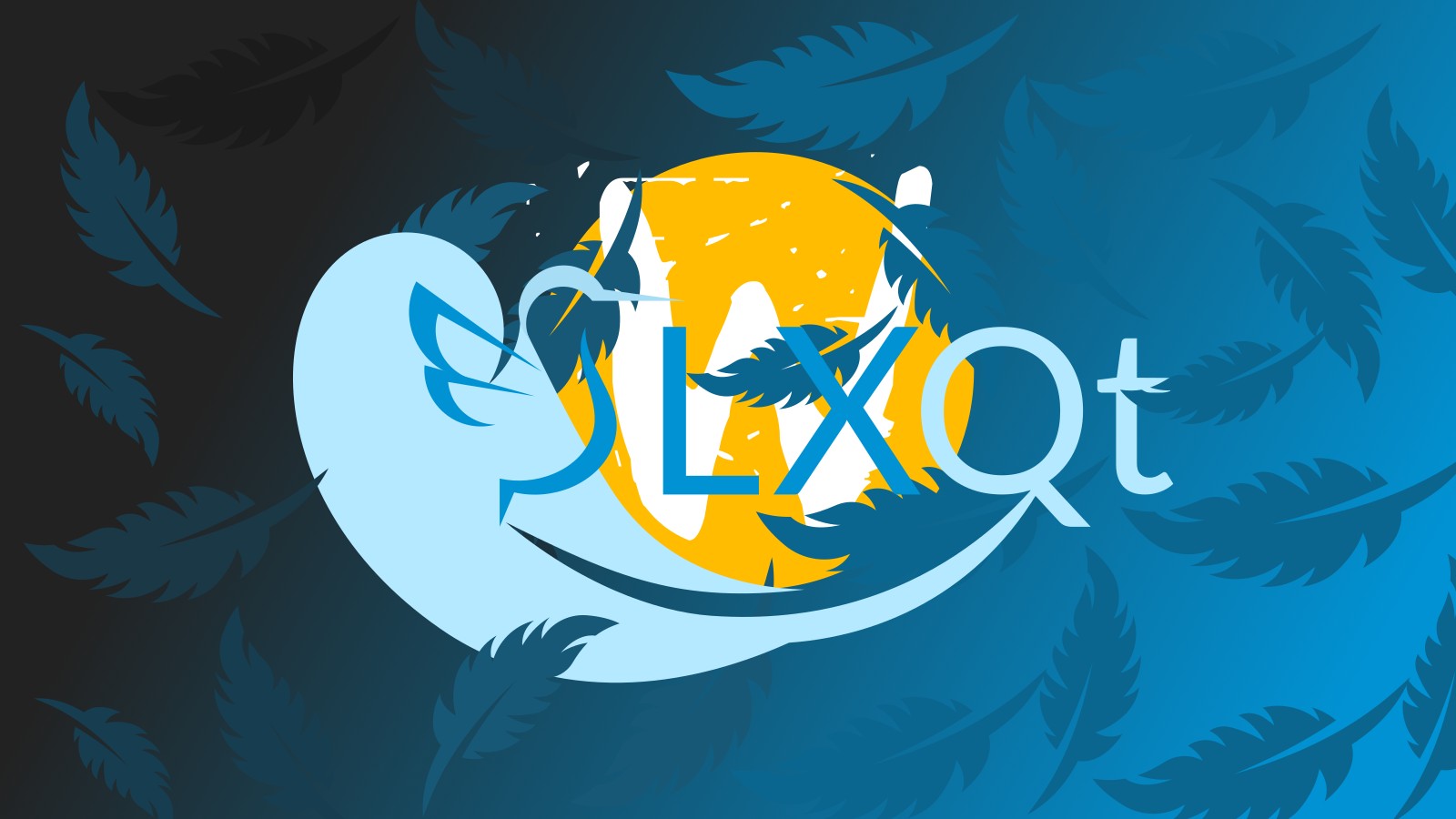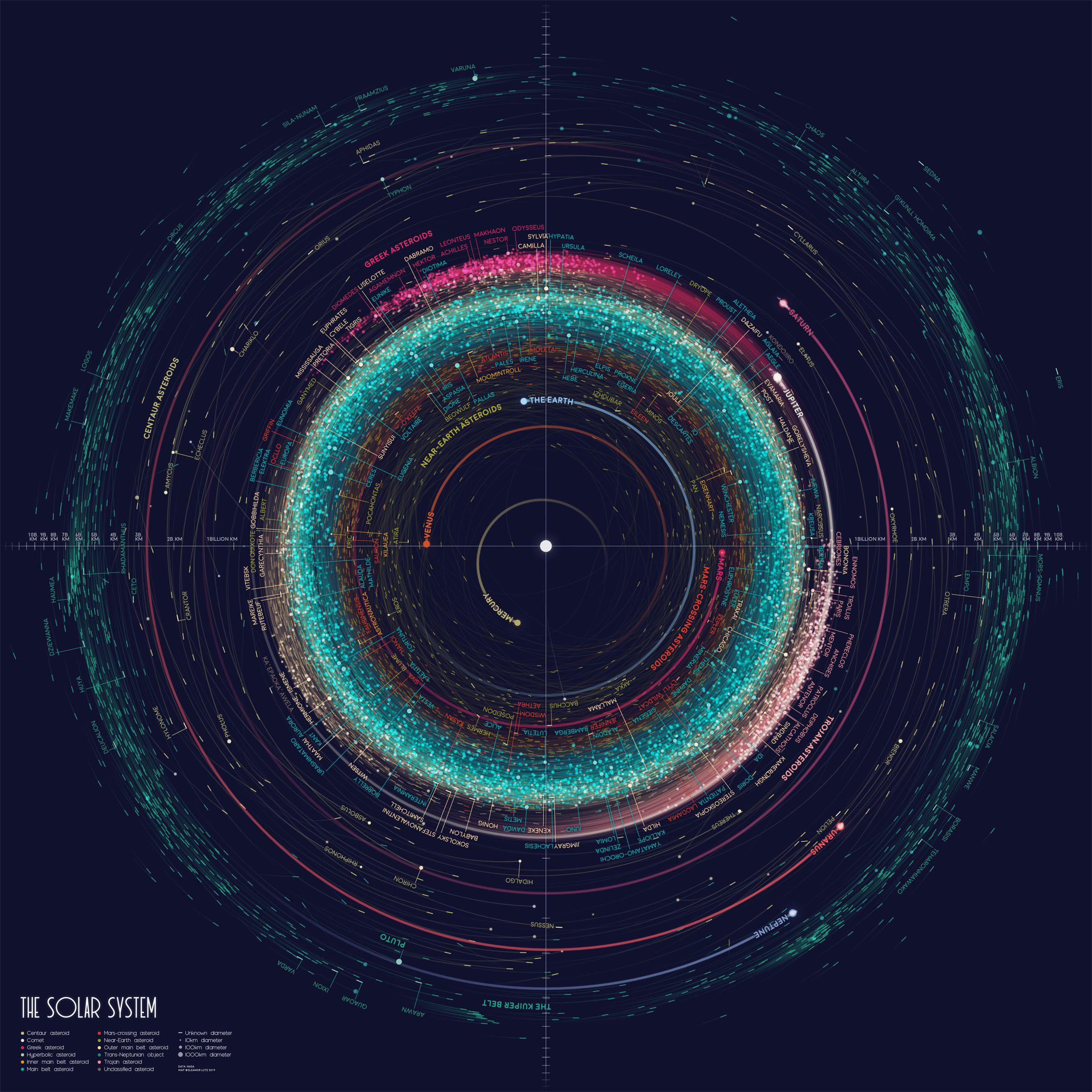Keeping my fingers crossed for XFCE…🤞
I think they’re working on something as well. But just in case, MATE are experimenting with Wayland using Wayfire as the compositor, which is funny given that Compiz was very popular with GNOME 2/MATE back in the day and Wayfire is very much inspired by that.
I read something about this but is MATE as viable an option for most users as XFCE in 2024? I can’t tell if there’s much of a community around it.
I’d think so, otherwise it would’ve been dropped by a lot of the major distros by now. They don’t have a specific community like the XFCE forums, though they do have a dedicated wiki.
I remember hearing of a 2024 release of XFCE for Wayland.
Awesome. KDE and GNOME had the resources to make a big push and fill in the missing gaps for themselves, but having smaller, more modular desktops also tackling a port, that’s really important for defining/extracting useful libraries and identifying potential shortcomings in the standards.
“2024 will be another year in which ‘Linux on the desktop’ won’t happen.”
Edit: Guys I know. I run linux on my desktop too. I’m quoting the article.
Most devices people use for their daily “computing” run Linux (Android) or BSD (iOS) now.
The entire backend for the Microsoft infrastructure runs on Linux.Windows is really only still relevant on office and gaming PC’s.
Windows is really only still relevant on office and gaming PC’s.
Technically also Xbox but that’s about it.
PlayStation OrbisOS is a direct derivative off FreeBSD. Nintendo SwitchOS is derived from its homegrown 3DS OS with some FreeBSD code (network stack).
I know. That is why I quoted the article saying that.
Android and iOS are walled gardens so they hardly count. Both are mostly proprietary these days with an “open core”. When I think of Linux on the desktop, Linux for daily computing etc. I think of an experience that is interoperable, FOSS and respects my digital rights.
I would call iOS mostly proprietary, but not Android. It is entirely possible to have a fully usable Android system with AOSP, as shown by LineageOS and other free software Android distributions.
Meanwhile the available Darwin source code is nowhere near enough to build anything remotely resembling iOS, or even any usable operating system. OpenDarwin died in 2006. PureDarwin tried to become successor, but that hasn’t gone so well. They got Darwin 9 working okay, but then got stuck porting to Darwin 10 (which is still from 2009).
Thanks, I wasn’t sure what the situation with Darwin was. Android is definitely more free than iOS, but the spirit of AOSP is dead and many of the old AOSP apps have been discontinued. For example Google no longer maintains a calendar app and so LineageOS maintains its own fork. Google’s proprietary suite is front and centre of a lot of the Android distros except for LineageOS and co.
Well, Linux is already on the desktop. I don’t know what the blog mean.
About Wayland, it still need time even if people says it’s ready and blabla, I even had issues with Flatpak+Wayland so… keep on X11 to make sure all works.
I mean, there’s some features now that get implemented on Wayland, which haven’t been properly implemented on X11 for many years, because it was just too much pain. For example, multi-touch gestures, and I believe also automatic screen rotation for tablets.
If you are on more traditional hardware, i.e. a desktop PC, then this will not be as relevant and X11 will probably continue to work fine, for the next few years.
But it should also be said that dipping your toes into Wayland is quite easy for users on e.g. KDE or GNOME. You just install the Wayland session, if it’s not already installed and then you can easily switch back and forth on the login screen.Some time ago I switched to Wayland running Hyprland on my laptop. It basically works but I don’t do much except using some web apps.
On my PC I also switched to Wayland recently, running labwc. While basic stuff works, a lot of my daily use case doesn’t.
On Wayland you can barely record your screen (doesn’t work for me at all with useless error message), let alone simultaneously recording multiple different windows and multiple different audio and video sources all going into different channels.
Also gaming (No Mans Sky on Steam): The Steam UI flickers like hell, and even games run extremely bad, low FPS, flickering of certain parts. Same for native games. Minetest is downright unusable due to extreme flickering of the whole window.
On X11: all of this works flawlessly and out of the box.
Wonder what’s going on with your games. I’m running various new Windows games on Wayland with no flickering and 120+ FPS. It’s an AMD GPU though.
The steam UI is flickering and in No Mans Sky some parts are also flickering and have visible artifacts. Minetest, well, the whole window constantly and heavily flickers with whitescreen (I’d screenrecord for demonstration, but that doesn’t work either.). I have no idea why. I just know that on X11 it works flawlessly without any tweaks.
Maybe one of the many Nvidia issues.
I am too uninterested in Wayland to really care. I just switch to X11 for gaming.
That is NVIDIA problem and it will be fixed soon because explicit sync support is getting merged.
I don’t know about yours, but Linux is on MY desktop since ca. 2005.
It is on my computer too. I am quoting the article. They said something that is clearly factually incorrect, not something that I agree with.
No one who really cares about Linux ever cared for this shit.
It’s funny you getting downvoted for quoting the linked article :/
“2024 will be another year in which ‘Linux on the desktop’ won’t happen.”
Nice.
LXQt is the best desktop environment. LXQt is proof GNOME is trash











